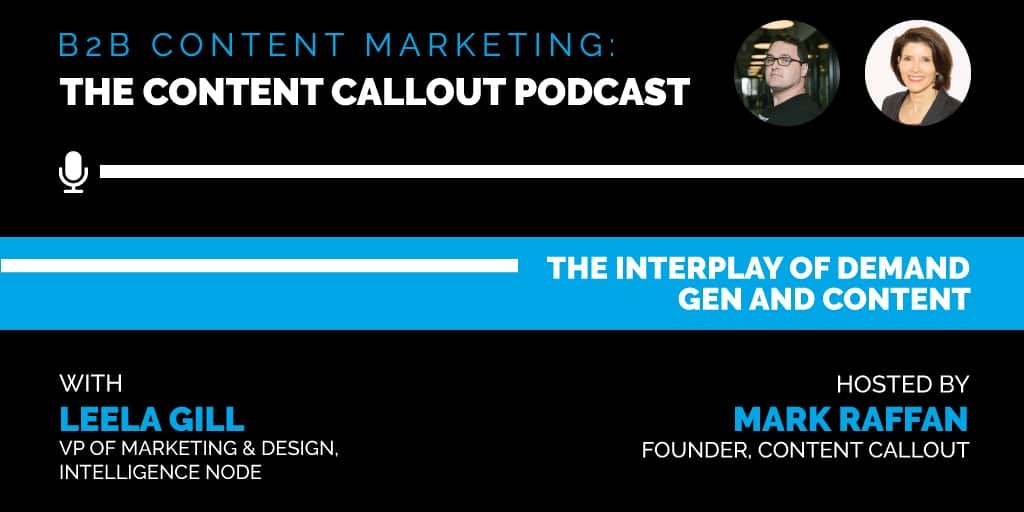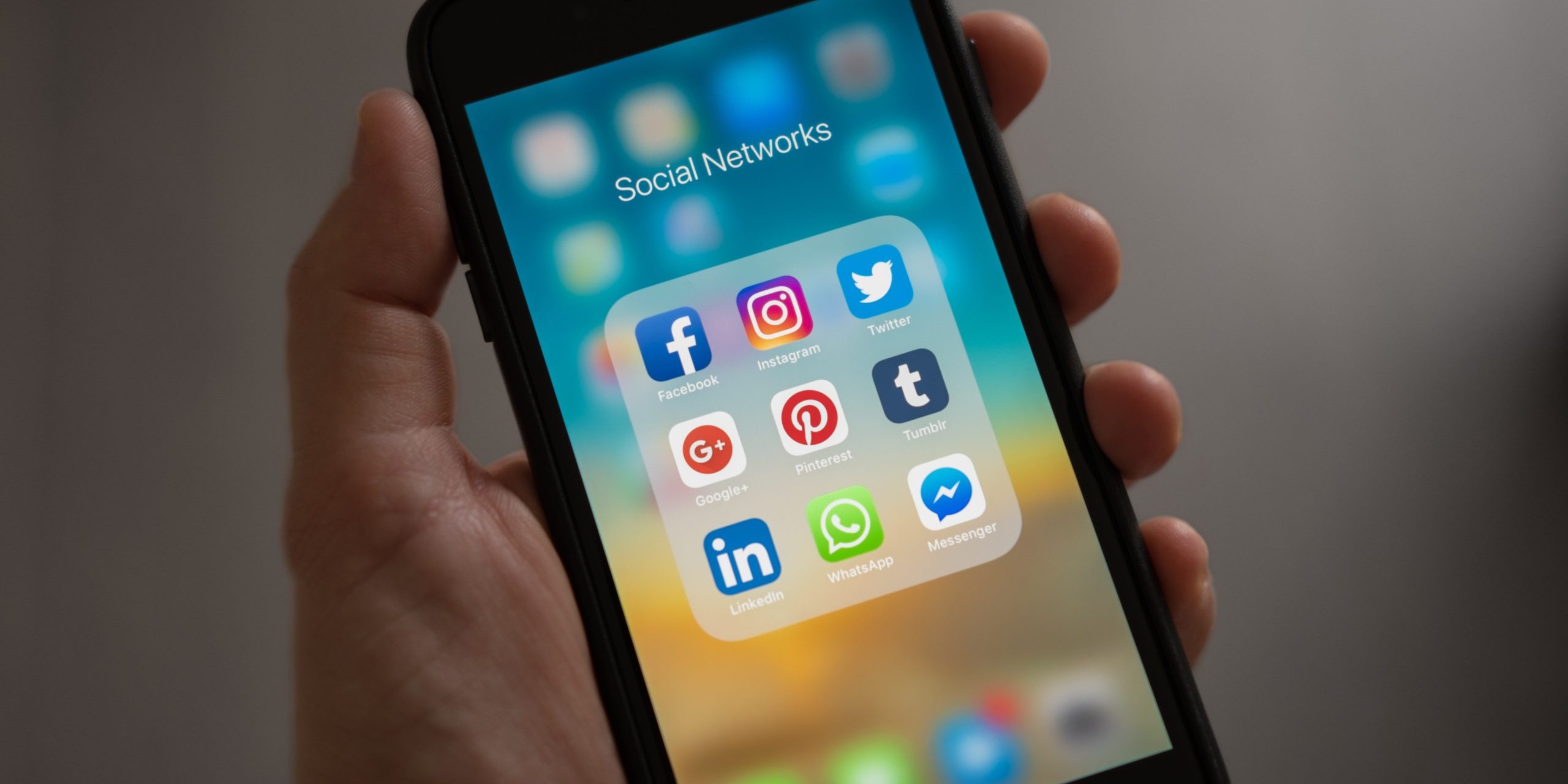As with any crisis, we all have roles to play in responding to the impacts caused by COVID-19. So, how can marketers lead our colleagues in business continuity and planning for recovery? Our expertise in building relationships and communicating with intention is critical to the work ahead.
While some cuts and changes to staff and business operations may be inevitable during a crisis, there are things marketing leaders should do before handing out pink slips:
1. Identify a continuity marketing team.
Marketers have seen it before: During a crisis, our teams can be the first cut. However, redeploying teams may be a better strategy than aggressively shrinking them. Marketing leaders should make the case to the C-suite for protecting a critical level of staffing for as long as possible.
During this time, your marketing and advertising expenses may be dropping. Conferences and trade shows have been canceled. With consumers and businesses cutting spending, paid advertising does not offer much return. Redirect time and money to activities you’ve been postponing, specifically those in the important-but-not-urgent category.
First, train your people. Your team may be working from home, and many online providers are offering their wares for free or at discounted rates. Review training and certification requirements, and encourage team members to cure any lapses such as expired credentials. When dealing with downtime, people can renew certifications or get new ones. This is also a good opportunity to identify learning and development goals and devise long-term plans for individual team members and for your group.
The second major opportunity is in evaluation. Revisit your marketing tech stack, test tools, and processes, and update documentation. You might find it easier now to break down silos between the marketing team and other groups in the company. Help your involuntarily remote staff feel less isolated by giving them reasons to broaden their connections with co-workers. If you put some effort into strategically creating ad-hoc teams for special projects, those new relationships can strengthen your culture for years to come.
2. Model effective communications for your customers.
Customers and prospects need to know what they need to do to protect themselves and what businesses are doing to protect their interests. As marketers produce blogs, bylines, e-books, video and interactive content, we can show customers what it looks like to communicate effectively in their own organizations and with their customers.
Communicate frequently with customers about how you’re keeping them (and their data) safe, how they can get the most value from your products right now and your plans for recovery. Set expectations, and don’t overpromise. Customers are also watching to see how you treat your employees. They will remember. Be kind. Set the right tone, and invite feedback.
Sharing an occasional formal communication from your C-suite is critical. So are frequent updates to your website. Post crisis-specific landing pages — with dates — so customers and prospects can trust that the information they’re receiving is still in effect. Review your websites and FAQ pages to ensure the content there is consistent with other crisis-related communications.
Pause routine and automated messages, and make the extra effort to send tailored messages about how you can help. Open up your feedback channels. You might consider replacing chatbots and other automated feedback with human responders. Those conversations can unearth ways to tailor customer loyalty programs.
3. Foster community and innovation in your industry.
Customer behavior can rapidly change during a crisis, and some of those changes will stick. For instance, many corporations have been forced to accelerate the shift from on-premises solutions to cloud computing. The need to digitize paper-based processes can’t be put off any longer. Companies that help others make the transition through artificial intelligence or machine learning may experience an increase in demands for their services even before the crisis ends. Some retailers may end up moving entirely to e-commerce.
Use this time to set up virtual meetings with major customers and group forums with smaller customers. Sales account executives can do the same for prospects. You don’t need to push your product. Instead, push and pull ideas, and use the data you gather to establish benchmarks internally and create thought leadership content for external publication.
Summary
The COVID-19 pandemic is the greatest collective challenge most of us have seen in a lifetime, but corporations have the power to make choices that limit the damage and strengthen their foundations. Sooner or later, the crisis will end. And when it does, economic recovery will become the primary focus.
I believe companies can recover more quickly if they’ve maintained core staff and treated people kindly even if they’ve had to let them go. Companies that have helped strengthen their industries and customers’ businesses will also reap rewards for those contributions. Marketers can lead the way by doing what we do best: listening to all of our internal and external stakeholders, clarifying the purpose of our organizations, and helping people communicate meaningfully.
Related Posts:
Influencers, Brand Ambassadors and Raving Fans – and Why You Need All Three
For marketers, influencers, brand ambassadors, and raving fans can create a significant differentiator…
Marketing as a Revenue Generator and Catalyst for Change
Marketing is a change catalyst, calling customers to change and jump on, and it also helps the organization…
A Guide To Navigating Startups as a Marketing Leader
It can’t be understated: Being a marketing leader of a startup can be crazy and chaotic. Out of the million…
A 5-Step Marketing Plan for Startups
As a marketing professional working in a startup, do you know how to help your company grow revenue? How is…
Building A Diverse And Equitable Business: The Role Of Marketing
Jesse Jackson once said, “Inclusion is not a matter of political correctness. It is the key to growth.” This…
B2B Marketing: What We Can Do To Help Save The Planet
The COVID-19 pandemic is the biggest business challenge of a generation. Organizations scramble to establish…
The Interplay of Demand Gen and Content with Leela Gill
The COVID-19 pandemic is the biggest business challenge of a generation. Organizations scramble to establish…
Early-Stage Marketing: A Five-Point Leadership Framework
The COVID-19 pandemic is the biggest business challenge of a generation. Organizations scramble to establish…
Social Media: Getting Above the Noise
The COVID-19 pandemic is the biggest business challenge of a generation. Organizations scramble to establish…









